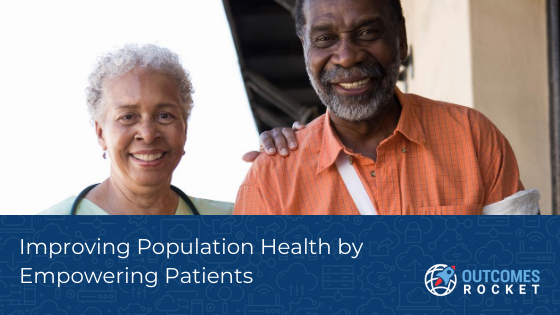
Change is one of the constants of healthcare. There is always something new. It can be hard to keep straight with all the innovations and government regulations. In all these changes, there is one thing that should not shift, and it lies in the very core of healthcare — the doctor-patient relationship.
The doctor–patient relationship has been and remains a keystone of care. (Goold, Lipkin Jr 1999). Effective doctor-patient communication is a central clinical function in building a therapeutic doctor-patient relationship, which is the heart and art of medicine. This is important in the delivery of high-quality health care. (Fong Ha & Longnecker, 2010).
But these days, even the patient-doctor relationship cannot escape change.
Thanks to increased access to information via the Internet and the advances that allowed peer-to-peer sharing like mobile apps and consumer health devices, more patients want to be active participants in their own health. This is patient empowerment.
WHO defines patient empowerment as “a process through which people gain greater control over decisions and actions affecting their health” (WHO 1998).
While this is true for many people, there is a good portion of the American population who does not feel empowered when it comes to their health. It is not that they do not want to, but social determinants, racial disparities and other factors have made it more challenging for them to receive the same quality of healthcare the other Americans receive.
According to a 2003 report from the National Academies’ Institute of Medicine, racial and ethnic minorities tend to receive lower-quality health care than whites do, even when insurance status, income, age, and severity of conditions are comparable. (1)
In an ideal health care setting, skin color, gender, age, socio-economic status — none of these matters. All patients should be treated equally.
To increase and empower the voice of patients, especially among the underserved patient population, Kistein Monkhouse started Patient Orator, a digital health startup empowering chronically ill, underserved patients with effective communication tools and health care resources.
Kistein explained her reasons in our Outcomes Rocket podcast interview. “I became a certified nursing assistant, and this experience was very eye-opening. I saw that the care that was being provided lacked empathy, that administrators were prioritizing cost savings over the safety and well-being of patients.”
That was at the beginning of her care experience. Soon she started working at her local emergency room and she noticed something about the patient experience.
“I began working at my local emergency room where I saw that patients were complaining that they were not being treated in a humanized way. That they had to wait exceedingly long hours to be seen.:
“I saw that there were a number of barriers presented in those settings, specifically in the emergency room where population density played a role. There were language barriers. There were cultural diversity issues, resources, or a lack thereof. And these are some of the complexities that impacted poor patient experiences.”
“And prior to founding Patient Orator, I began working as a service coordinator, also known as a care coordinator, facilitating care for patients living with mental illness and or substance abuse issues and in working with these underserved patient population, I felt an urgency to raise awareness to poor health outcomes and bridge disparity gaps using technology.”
Kistein’s experiences in providing health and her observations in patients receiving poor care led her to establish Patient Orator. Like other innovators and leaders in health care, she saw a problem and felt a need to increase awareness of that problem so that it can be included in important conversations.
Patient Orator became a tool in bringing the voice of the patients to their doctors and a way to bridge disparity gaps. She began telling stories through videos, documenting stories of underserved communities and patients that have been chronically ill. That helped amplify the voices to bring awareness to poor patient experience, to bring awareness to health care disparities.
But when she got sick and had a difficult time getting the care she needed, she realized that raising awareness is not enough.
She said, ‘I have lived with chronic pain for three years. And what I did not realize was that physicians, clinicians were not taking me seriously until I was in a pain crisis. And it took seven clinicians for me to be diagnosed, for me to receive pain medication, to manage my symptoms.”
“I found myself on the receiving end of what was the very thing that I was advocating for again. And at that moment, I realized that it was not enough to just raise awareness and to document these issues.”
“It’s easy to put out a video with a patient describing the problem, but it’s much more effective if we’re also providing that patient with the tools so they can navigate their storytelling, they can access the resources they need, and they can also improve their health literacy. “
What started out as a simple motivation to help raise awareness of poor health outcomes transitioned into a digital platform using storytelling.
Offering a Clearer Voice with the Right Documentation
But it is more than just storytelling. The Patient Orator app helps patients tell their story more effectively to the doctor or clinical part care team. Through this platform, patients are empowered with the vital information they store as their symptom is occurring. This allows them to speak with confidence as they are equipped with their own electronic medical symptoms journal in their phones. This step is powerful, especially since doctors have limited time when they see patients.
Through Patient Orator, Kistein is empowering patients. She is helping patients and providers tell stories that lead to a vision of better access and quality care, regardless of age, gender, race, zip code, income, or education level.
Check out this link for my full podcast interview with Kistein Monkhouse :
The Doctor–Patient Relationship: Challenges, Opportunities, and Strategies
Susan Dorr Goold, Mack Lipkin, Jr.
J Gen Intern Med. 1999 Jan; 14(Suppl 1): S26–S33. doi: 10.1046/j.1525-1497.1999.00267.x
PMCID: PMC1496871
Doctor-Patient Communication: A Review
Jennifer Fong Ha, Nancy Longnecker
Ochsner J. 2010 Spring; 10(1): 38–43.
PMCID: PMC3096184
According to the 2020 Centers for Disease Control and Prevention report, roughly 34.2 million Americans have diabetes,...
Read MoreAs a farmer, Rod was used to long days. He worked 18 hours a day, 7 days...
Read MoreWith investors receiving hundreds of pitch decks every year, how do you create a compelling presentation that...
Read More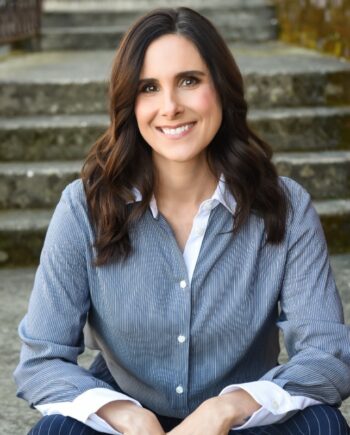
Brittany Busse Co-Founder, President, and Chief Medical Officer at
ViTelHealth
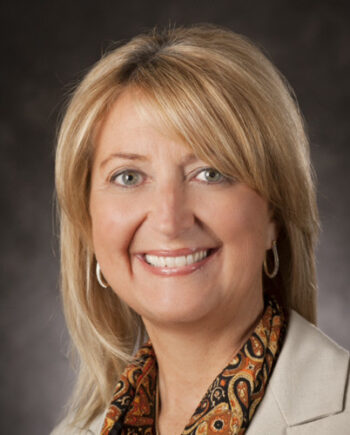
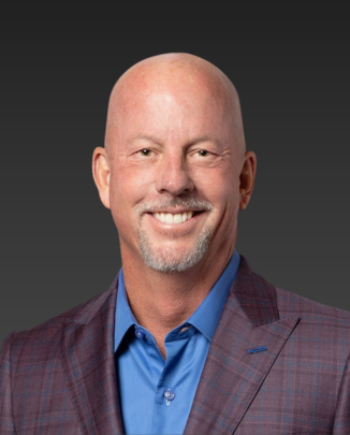
Stephen Thorne Founder and CEO at
Pacific Dental Services
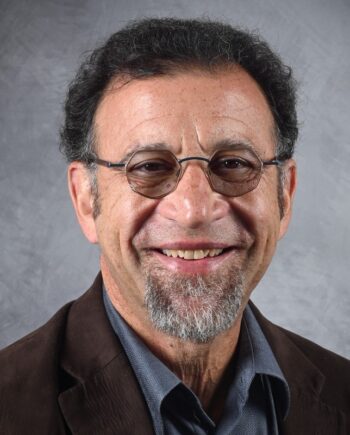
Keith Carlson Nurse Career Coach